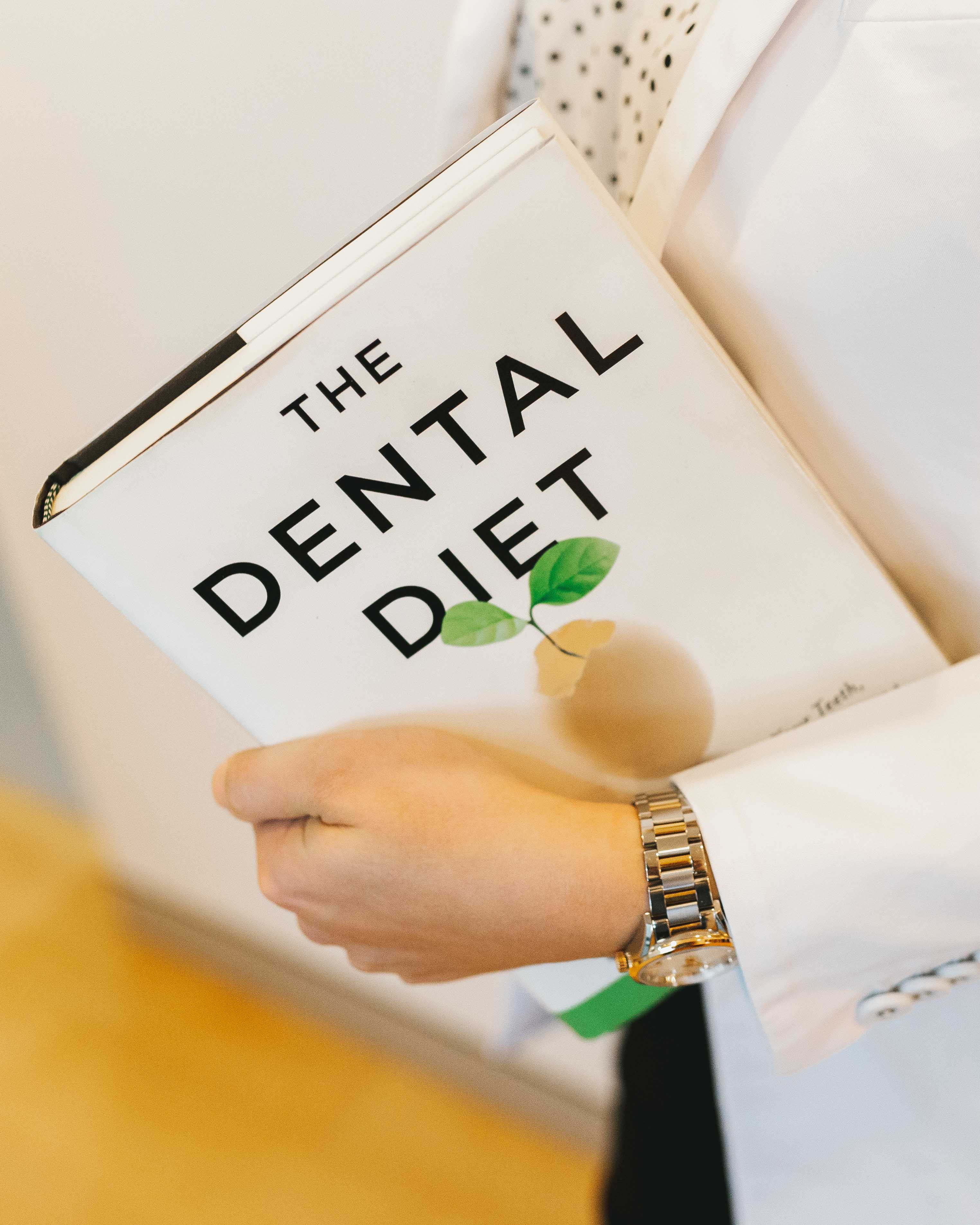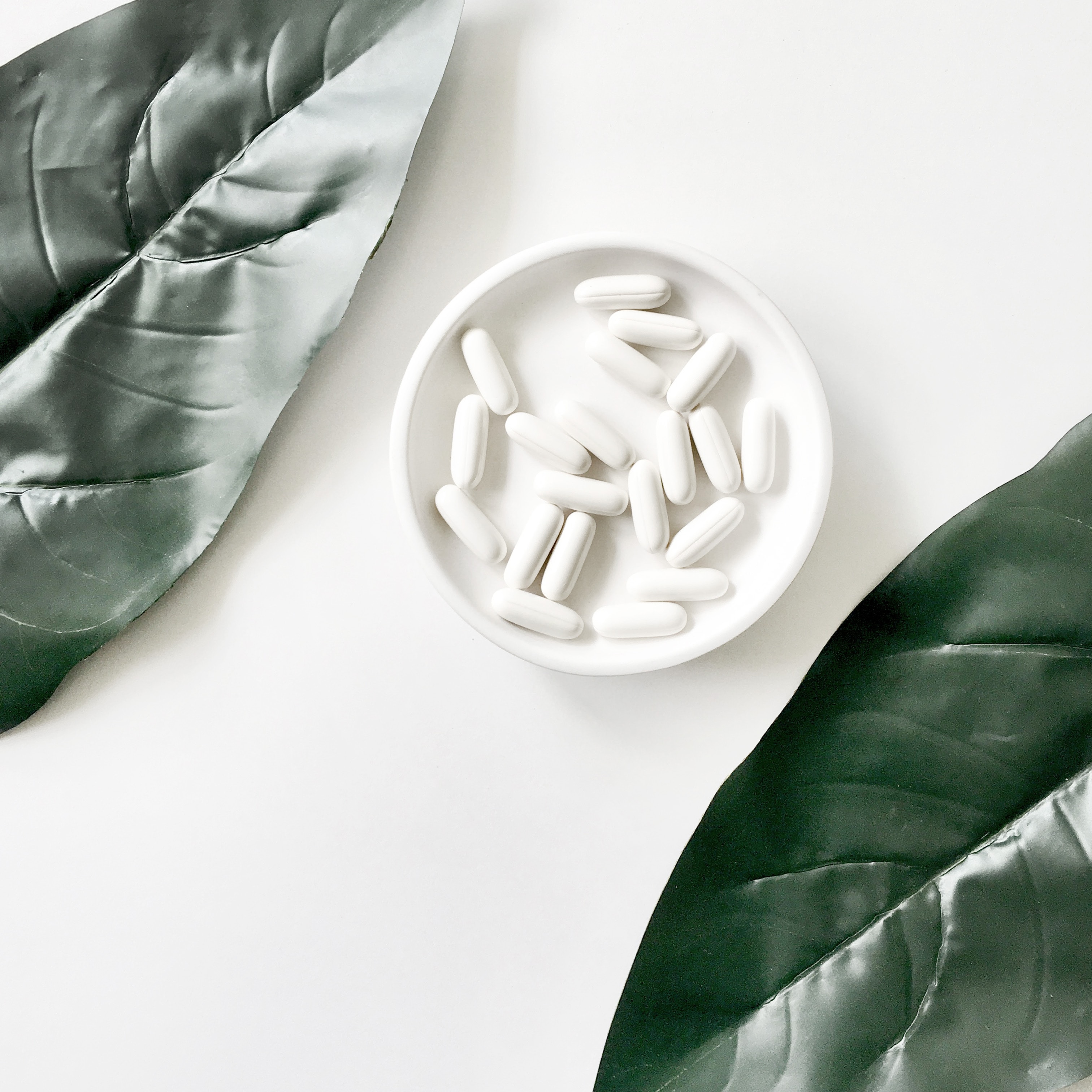For those who haven’t heard about it yet, ‘oil pulling’ or ‘swishing,’ is one of the ancient Ayurvedic treatments and has been used for thousands of years to clean teeth and assist in the reduction of dental and oral problems.
In the West though, the benefits of oil pulling only recently hit the press when it was ‘discovered’ by celebrities such as Gwyneth Paltrow and Miranda Kerr, who then proceeded to extol its many virtues and spread the news through social media.
So, what exactly is oil pulling and does it actually work?
Oil pulling basically involves swishing around one tablespoon (one teaspoon for children) of oil in your mouth for about 10 to 15 minutes. Traditionally, the common choices of oil include coconut, vegetable, sesame, olive, rapeseed or sunflower oils. You pull and push the oil between your teeth and, in the process, not only remove unwanted food particles but also take with it any harmful bacteria that might result in plaque build-up, cavities and inflammation. Because of the non-aggressive nature of the natural oils this cleansing process is achieved without disturbing the beneficial balance of the oral microbiome necessary for a healthy mouth.
Currently, at least in the west, Coconut oil seems to be the one favoured by most people and probably not only because it has anti-inflammatory properties, but also because it tends to taste better. However, the other oils are certainly not without benefits and, at least traditionally, sesame oil is the most favoured. It also has to be remembered that Coconut oil reverts to a solid state at reasonably warm temperatures so it should never be disposed of into the sink or toilet, as blocked drains will be the result!
Although oil pulling is considered by some to be a panacea, nothing is a miracle cure for everything. Yet, from an anecdotal perspective at least, most people who perform oil pulling claim there are many benefits including plaque reduction, reduced cavities and fresher breath, in addition to finding it also whitens the teeth. Unfortunately the science to back up the majority of these claims does not exist. This is not to say though that oil pulling doesn’t have these benefits, it simply means that science hasn’t, for the most part, gotten around to investigating them yet.
There is however evidence that oil pulling contributes toward the reduction of plaque and halitosis; Scientists looked at the effects both sesame oil pulling and a chlorhexidine mouthwash had on Streptococcus mutans in plaque and saliva. It transpired that although chlorhexidine performed better at reducing this specific bacteria, oil pulling also had beneficial effects particularly after two weeks of use (Asokan, Kumar, et al. 2011).
For some people this is seen as evidence that oil pulling is not as effective overall as a chlorhexidine mouthwash, however what we also have to remember is that the tests were extremely limited in that they only examined effects on one strain of bacteria and over a very short period of use. A further study in 2011 measured the effects of the same mouthwash and sesame oil pulling, against levels of halitosis and the bacteria which cause it. This time they found that both mouthwash and oil pulling were equally effective in reducing the problems (Asokan, Rathan, et al. 2008).
Another factor to consider relates to side-effects. Although a much quoted side-effect associated with oil pulling is aspiration leading to pneumonia, this condition has arisen in only a negligible percentage of recorded cases. The studies also show that most of those are associated with nasal inhalation of the oil – which is not recommended – rather than placing the oil directly in the mouth. Less frequently mentioned though are side-effects arising from chlorhexidine mouthwash, and one problem which has consistently appeared is that there is a corresponding increase of supragingival calculus with prolonged use (Drugs.com 2017).
On balance then, it would appear that scientifically at least, oil pulling is indicated as being effective in reducing damaging plaque bacteria and also those which contribute toward unpleasant mouth odours.
Oil pulling should not be considered as a substitute for brushing and flossing each day, but could probably be considered as either an addition to your oral hygiene routine, or perhaps, as a healthy and natural alternative to mouth washes. When practising oil pulling, it is recommended to try it first thing in the morning and on an empty stomach. When it comes to selecting the oil you want to use, no matter which type you choose, maximise the effects by buying a choice of oil which is not only organically grown but also cold pressed. This means the structure of the oil has not been deteriorated by heat treatment or additives.
Health. Lifestyle. Laughter
Works Cited
Asokan, S, et al. “Effect of oil pulling on Streptococcus mutans count in plaque and saliva using Dentocult SM Strip mutans test: A randomized, controlled, triple-blind study.” Journal of the Indian Society of Pedodontics and Preventive Dentistry 26, no. 1 (2008): 12-17.
Asokan, S, RS Kumar, P Emmadi, R Raghuraman, and N. Sivakumar. “Effect of oil pulling on halitosis and microorganisms causing halitosis: a randomized controlled pilot trial.” Journal of the Indian Society of Pedodontics and Preventive Dentistry 29, no. 2 (2011): 90-4.
Drugs.com. Chlorhexidine. 03 23, 2017. https://www.drugs.com/pro/chlorhexidine.html (accessed 03 23, 2017).












